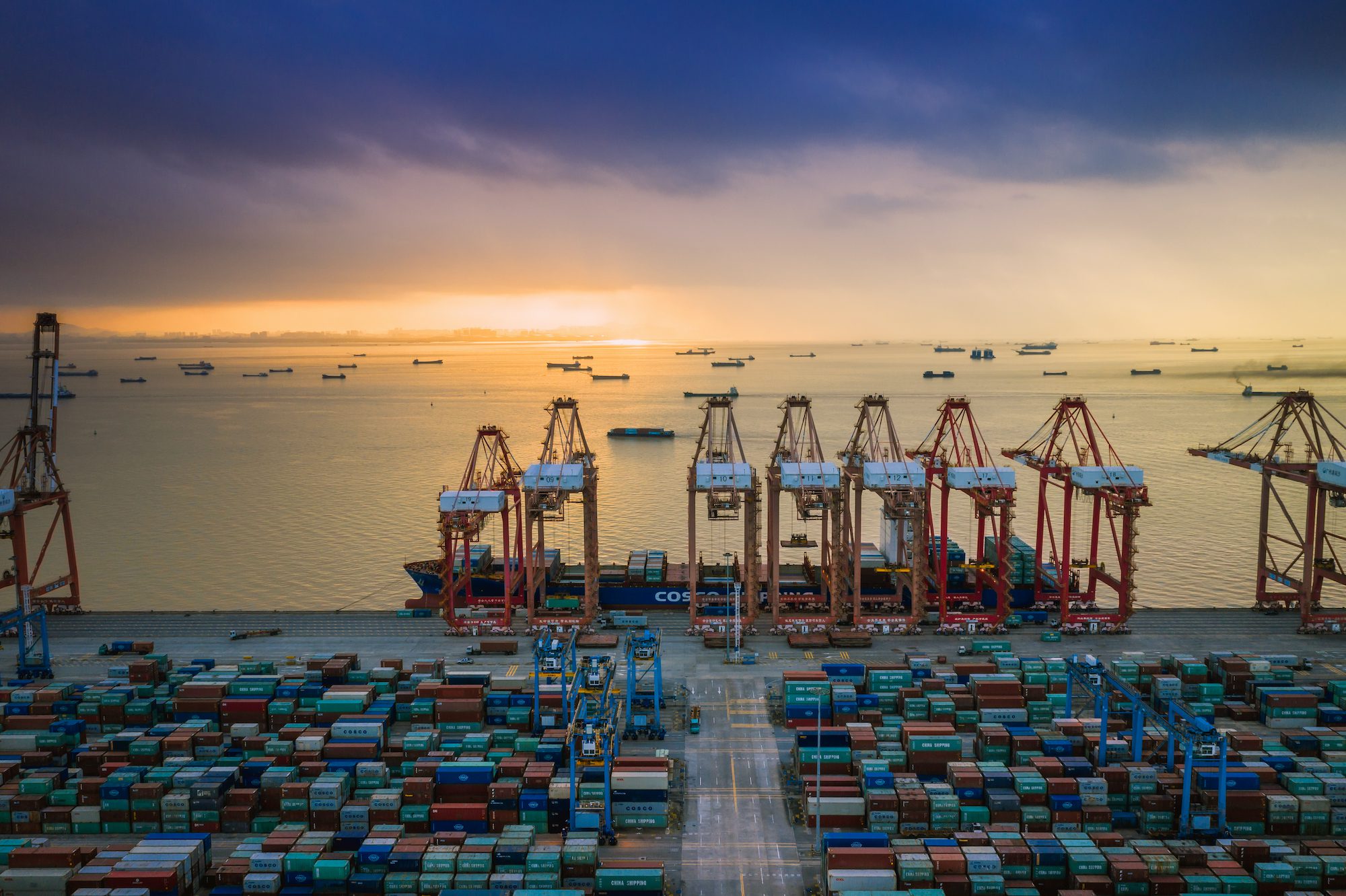The Panama Canal Authority has been implementing new economic and operational strategies to address water scarcity challenges posed by the 2023-2024 El Niño.
At the 2025 Investors Forum, organized by the Latin American Stock Exchange (LATINEX), Panama Canal Administrator Ricaurte Vásquez Morales presented the results of recent initiatives, including a novel approach to auctioning transit slots during periods of draft restrictions and reduced transits.
“We designed a different pricing structure based on the locks used by ships, thereby establishing a value for water usage,” Vásquez explained. He added, “This way, our strategy, adapted to the environmental reality, allowed us to optimize revenues, reduce operating costs, and maintain our competitiveness in the market.”
The Authority also introduced the Long-Term Slot Allocation method, allowing shipping companies to purchase transit slots for the upcoming fiscal year. “We started with gas carriers and will evaluate the progress of this plan. This system guarantees shipping companies the certainty of properly scheduled cargo movements using the Panama Canal,” Vásquez stated.
For over a year, the Panama Canal operated below capacity due to a severe drought exacerbated by the strong El Niño. The ACP has since been gradually increasing both the number of daily transits and maximum drafts from recent lows of 24 transits and drafts below 44 feet. The waterway has now returned to normal operations, meeting its design specifications of approximately 36 daily transits and a maximum draft of 50 feet for the Neopanamax locks.
In addition to economic measures, the Canal Authority is implementing long-term social and environmental strategies. These include land registry and titling programs in the Eastern Watershed, as well as agroforestry and forest protection initiatives. Similar projects are now being extended to the Western watershed region, which was recently returned to the Canal’s management in July 2024.

 Join The Club
Join The Club










